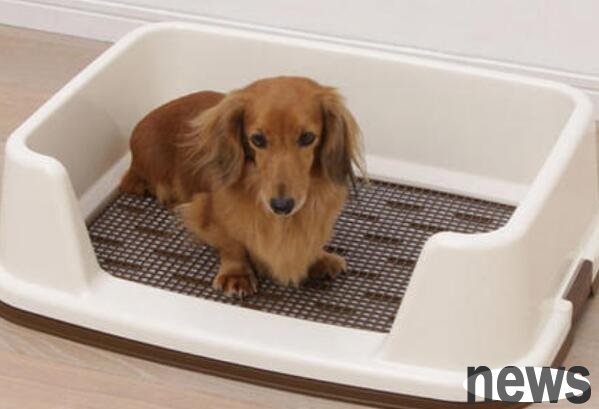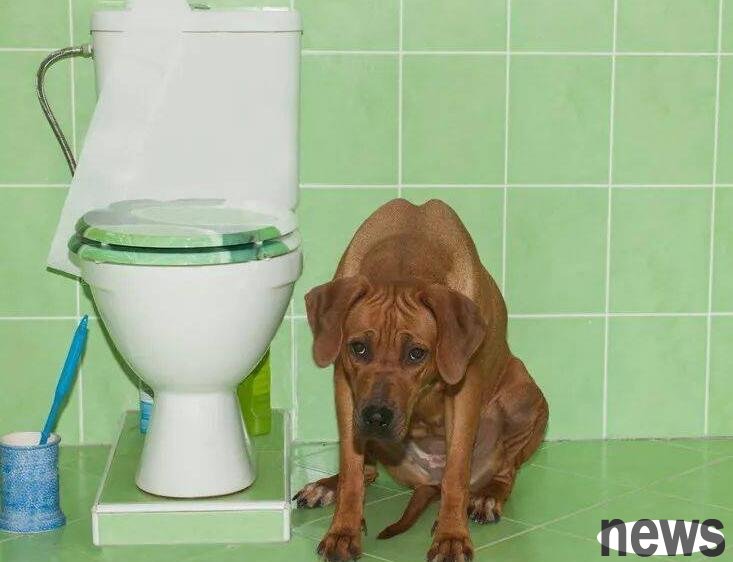1. Prepare the following items: a fixed peeing location (prepare urine pads). At the beginning, it is best not to change some reward snack deodorants at the beginning (you can buy them easily on Taobao, it doesn’t matter the brand, because the principles are the same) You are a good-tempered and patient.
2. Grasp the excretion time point. Generally speaking, dogs have strong commonalities in the excretion time point. Parents can refer to the following list: After getting up in the morning: 100% chance. When a dog is in deep sleep at night, he will naturally hold his urine. When you wake up in the morning, you will have a strong desire to urinate and defecate. After waking up, the possibility of peeing is almost 100%. The possibility of shit depends on whether you have eaten before. When drinking water: the possibility of urinating is high, but it depends on whether you have urinated in a short period of time. Within half an hour after meals: the possibility of peeing is uncertain, but the possibility of shit is extremely high. Smell the floor hard, or even when you turn around: the possibility is as high as 90%. Roaring for no reason: There are many reasons for roaring. You need to determine whether it is possible to roar because you want to defecate but the environment cannot satisfy it, such as being in the air box for too long.

3. There are two ways to guide the dog to the toilet/urinary pad: Nowhere to go: It means that when it wants to excrete, it has nowhere to go except the toilet location you choose. You can carry it directly to the toilet/urinary pad and use a simple fence (or other obstacle) to prevent it from leaving the toilet/urinary pad, so that it can only be excreted at the location of your choice for a short period of time because there is nowhere to go. Guidance method: You stand next to the toilet and guide it to the toilet/urinary pad. This method will be the most commonly used later, but at the beginning, the dog may not be able to hold back his urine or not understand your intentions and fail, resulting in failure. You can use the first method to consolidate first.
4. You must be patient when waiting for your dog to excrete. At the beginning, the dog will be at a loss because of confusion. You may be staring at you in the toilet, or walking around waiting for your instructions. All you need to do is - wait patiently until its voluptuousness/urination transcends sanity. Of course, the waiting time can be long or short, which requires you to accurately grasp the time it wants to go to the toilet. The more accurate the grasp, the shorter the waiting time will be, and you will get twice the result with half the effort.
5. At the same time, gently encourage it to say "Come on, go to the toilet" and "pee on the urine" in a gentle tone, giving it a calm and gentle environment. Note: You cannot make it too excited, you cannot urge it, you cannot scare it, the above behavior will disturb the whole process, and make it have a wrong understanding of the matter of excretion.
6. If successful, reward it once it successfully completes excretion at the designated location. The reward can be: dog food or some ordinary attractive snacks - suitable for verbal praise/casting of puppies who have just arrived at a new home - suitable for dogs who have established a strong sense of dependence and trust in their owners. A study has conducted statistics on the pleasure performance of the dog's brain and found that most dogs have similar excitement for ① owners' praise/casting and ② food, that is, not all rewards must be food. But this fact is based on the fact that the dog and the owner have established a good sense of intimacy and trust. If this condition is not true, the owner's praise will not be encouragement. Therefore, my advice is that for puppies who have just arrived in their new home, they need to use food. The reason why I choose dog food instead of better food is because: in the reward principle, the more important and difficult things are, the more we need to use better food, and excretion is a matter of obeying the nature of dogs and not that difficult, so there is no need for too much food reward.

7. If you fail, keep silent and silent, how to correctly handle our behavior in failure is also a necessary lesson to help the hairy children succeed next time. We must make sure: don’t have any emotional changes, don’t be angry, don’t blame, don’t be frustrated, and treat it normally. It must be mentioned that dogs are countless times more sensitive than humans in perceiving emotions, because their hearing and smell are far superior to humans. Your emotional changes can be fully felt and projected onto itself. Don’t catch it at the wrong place and scold it or beat it severely. Don’t let it have negative associations about excretion, otherwise it will easily lead to the common habit of dogs eating shit (because it needs to quickly eliminate things that the owner doesn’t like). Silently wipe off the feces and urine and wipe them with deodorant to ensure that the odor does not remain. Otherwise, the dog will be reminded next time that this is an excretion point and may continue to excrete in the wrong place. Analyze which step is wrong and improve it. For example, it may be that the defecation time is not predicted accurately, and the dog has not been given a urine pad in time.
8. Repeated training to improve the accuracy rate, the accuracy rate must reach 80% or above. That is to say, every 5 peeing, at least 4 times are exactly where you expect.
9. Gradually reduce the area of the toilet/urinary pads. At the beginning, a relatively large area can be used, and then as the effect becomes better and better, the area size can be reduced. Most dogs end up with just one diaper and urinate enough.